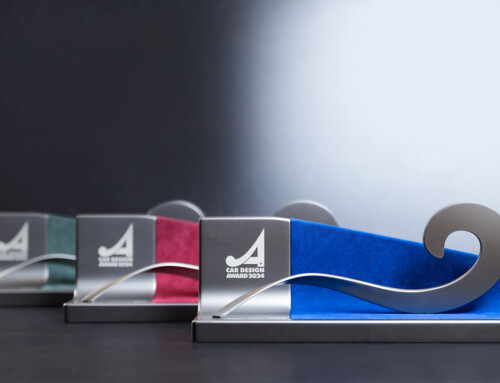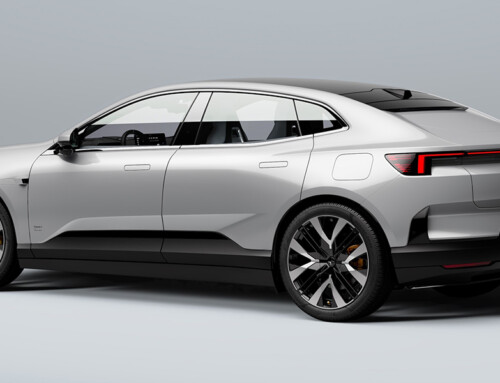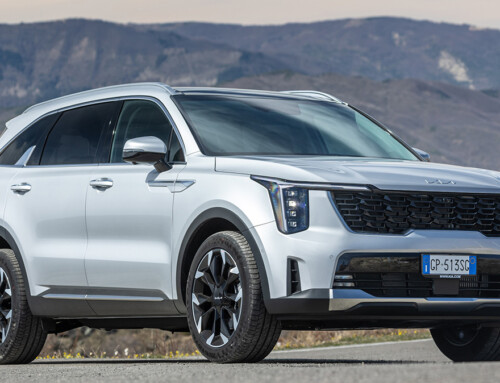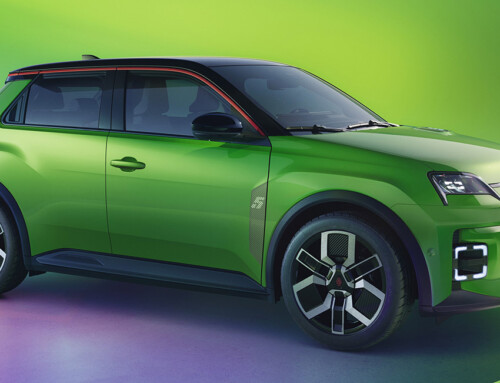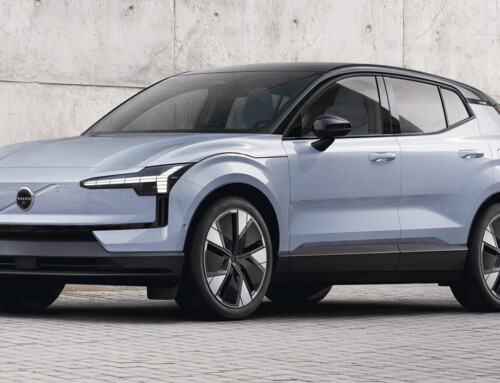Robert Cumberford’s Opinion analyses emotion in design in generalist cars and in higher level models, giving as examples the names of Gérard Welter of Peugeot and Walter de’ Silva, design chief first at Alfa Romeo, then at Audi, Lamborghini and Seat.
Although he’s been at Peugeot for a long time now, it is only in recent years that Gérard Welter has managed to persuade the management to accept a touch of sportiness and a shade of aggression in the shape of the brand’s vehicles. In the early Eighties the French manufacturer was in financial trouble and what saved it was the imaginative 205, a design done in-house by Gérard Welter’s team. This car was such a market success and it lasted so long that Peugeot’s destiny was changed for the better and greatly improved the chances of the in-house team obtaining the consideration it deserved.
Like Welter, Walter de’ Silva too succeeded in the enterprise of bringing emotion to big selling brands to the point that he was also given responsibility for the global design of the Audi and Lamborghini brands. There was no need to add emotion to the latter, of course, while the Audi’s, in spite of the overall appreciation of the pure Bauhaus look, tended to disappear in the marketplace.
Walter de’ Silva started with the concept cars, then added the enormous vertical grille now adopted on most of the Audi range. “Not everybody’s happy about it. The English press in particular was very critical,” says de’ Silva, but the fact remains that present Audi models with the new grille and more elaborate side surfaces are a good deal more impressive than previous generations and enjoy enormous success because of their balanced compromise between technology, reliability and charm.
The article continues in Auto & Design no. 154

